Invincible: The Bold Transformation from A Comic Masterpiece into an Animated Phenomenon
Amazon Prime's animated adaptation of Robert Kirkman's Invincible has revitalized interest in the comic book series. Its blend of intense action, complex characters, and morally gray storytelling quickly garnered a devoted following. However, translating the expansive comic book narrative to television necessitated changes, some subtle, others more substantial. This analysis explores key differences between the animated series and the comics, dissects the shortcomings of season three, and examines how these adaptations affect the overall narrative.
Table of Contents
From Page to Screen: Key Differences Mark Grayson's Evolution: Accelerated Adaptation Supporting Characters: Screen Time Shifts Antagonists: Streamlined Motivations Action Sequences: Enhanced Visual Spectacle Thematic Focus: Morality and Legacy
Season 3 Critique: A Diminished Impact Repetitive Narratives: Familiar Ground Retreaded Cecil's Subplot: An Underwhelming Arc Action Sequences: Lacking the Initial Punch Slow Start: Delayed Momentum
Balancing Adaptation and Innovation Why Fans Should Continue Watching (Spoiler Alert)
 Image: amazon.com
Image: amazon.com
Mark Grayson's Evolution: Accelerated Adaptation
A primary divergence lies in Mark Grayson's portrayal. The comics depict a gradual superhero transformation, showcasing his growth from power discovery to grappling with the moral complexities of heroism. This slow-burn approach allows for a deeper exploration of his character arc. The series, conversely, compresses this journey, resulting in a faster, more intense evolution. While maintaining viewer engagement, this condensation sacrifices some of the nuanced depth present in the comics. Long-time fans might perceive Mark's development as rushed.
Supporting Characters: Screen Time Shifts
 Image: amazon.com
Image: amazon.com
The supporting cast experiences significant shifts. Some characters gain prominence, while others are relegated to secondary roles. Allen the Alien, for example, becomes more central, providing humor and context to the universe. Conversely, characters like Battle Beast receive less screen time, potentially disappointing comic book fans. These alterations reflect narrative streamlining and broader audience appeal.
Antagonists: Streamlined Motivations
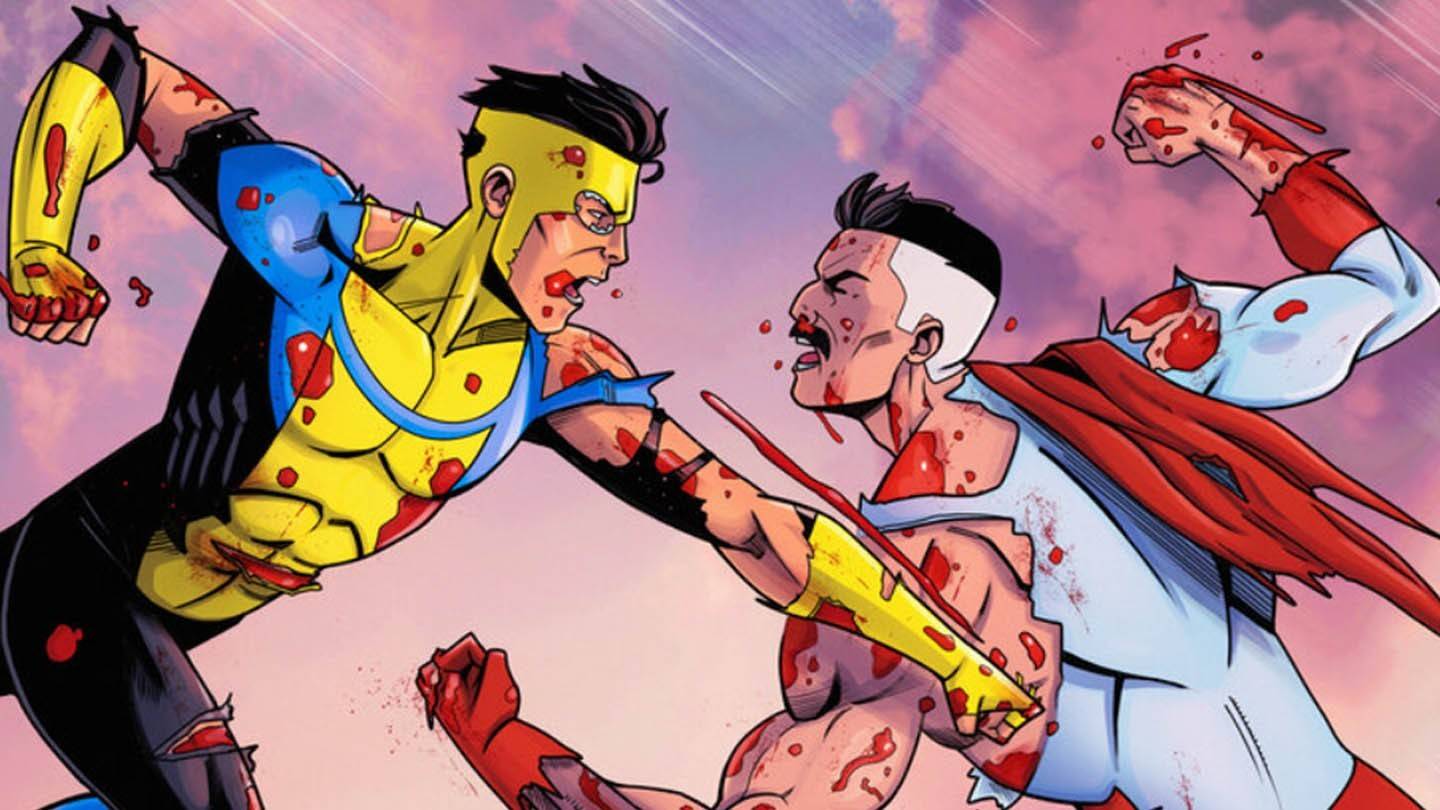 Image: amazon.com
Image: amazon.com
Villains like Conquest and the Shadow Council receive more nuanced treatment in the comics, with detailed motivations and backstories. The series simplifies these aspects for pacing, prioritizing high-stakes confrontations. While enhancing accessibility, this simplification risks diminishing the complexity of these antagonists. Omni-Man's betrayal, for instance, feels more immediate in the series than the gradual descent depicted in the comics.
Action Sequences: Enhanced Visual Spectacle
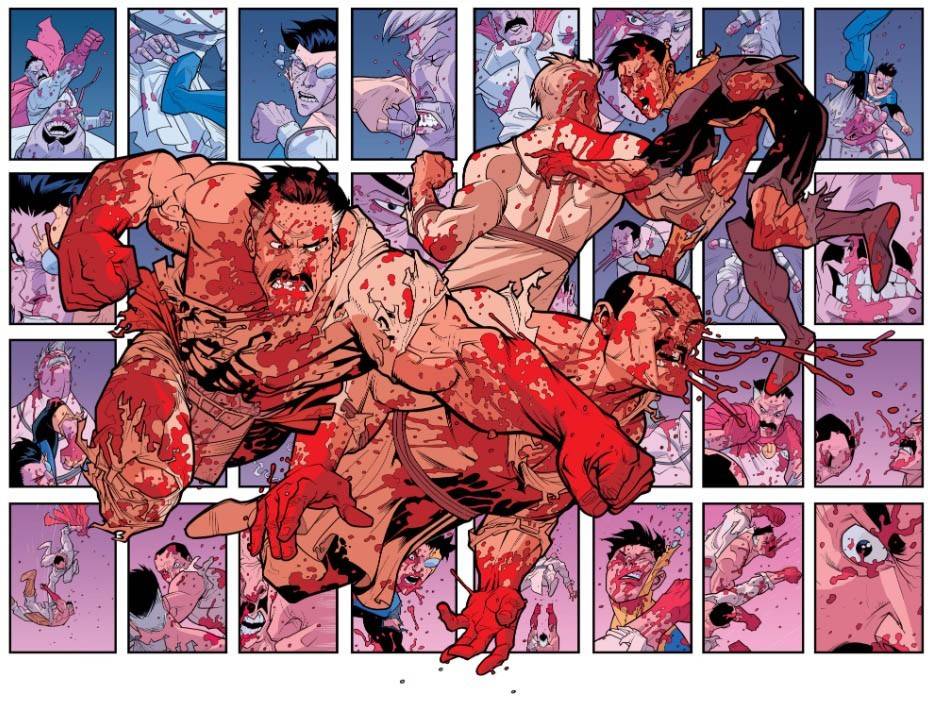 Image: amazon.com
Image: amazon.com
The series excels in its action sequences, utilizing animation's capabilities for dynamic choreography and special effects. Battles are visually intensified, creating a scale and intensity rivaling live-action films. However, these enhancements sometimes deviate from the comics. While generally enhancing the spectacle, these changes might be noticeable to comic book readers.
Thematic Focus: Morality and Legacy
 Image: amazon.com
Image: amazon.com
Thematic exploration differs. The series emphasizes morality, power, and legacy, reflecting the demands of episodic storytelling. Mark's struggle with his father's actions receives more screen time. Other themes, such as the philosophical implications of superhuman existence, are downplayed for narrative focus and accessibility.
Season 3 Critique: A Diminished Impact
Despite the acclaim of the first two seasons, season three left many fans underwhelmed.
Repetitive Narratives: Familiar Ground Retreaded
Season three's reliance on familiar tropes is a recurring criticism. The earlier seasons surprised viewers with unexpected plot twists. Season three, however, revisits these themes without significant innovation. Mark's internal conflict regarding his father's legacy, for instance, feels repetitive.
Cecil's Subplot: An Underwhelming Arc
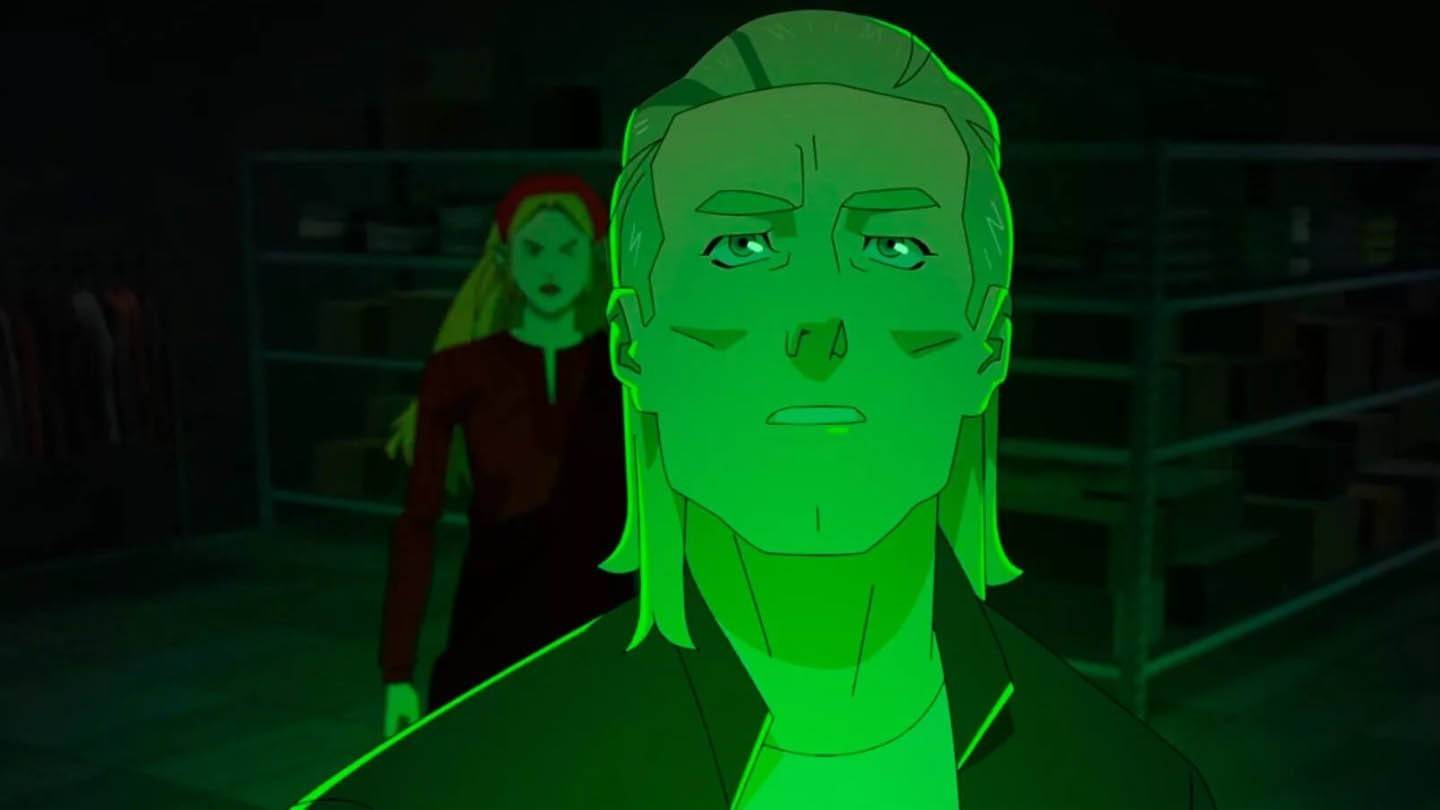 Image: amazon.com
Image: amazon.com
Cecil's subplot, involving the reprogramming of criminals, is an interesting addition but falls short due to its overly idealistic portrayal. In a morally ambiguous world, Cecil's solution feels naive, creating a disconnect with Mark's reaction.
Action Sequences: Lacking the Initial Punch
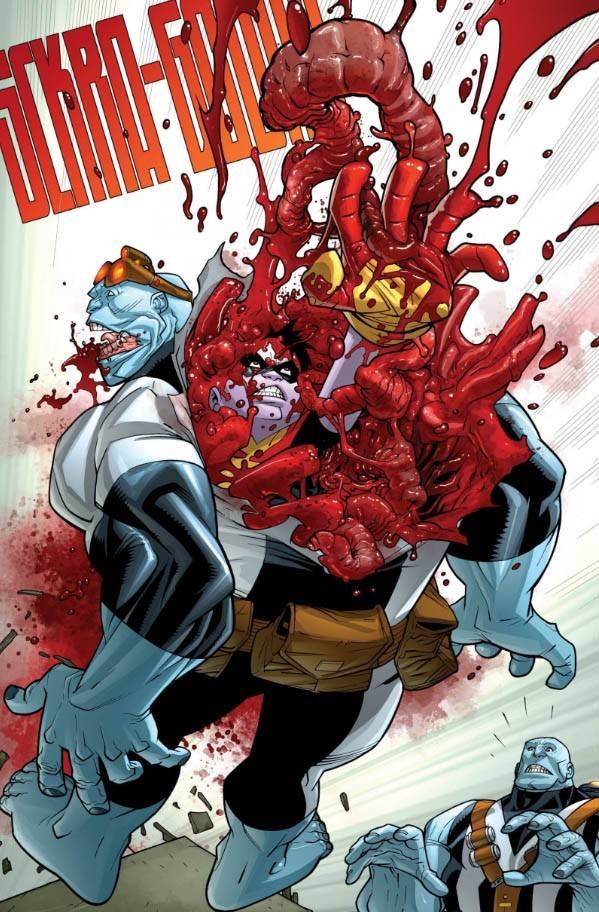 Image: amazon.com
Image: amazon.com
Even the action sequences, previously a highlight, lack the same impact. While visually impressive, they lack the emotional resonance of previous seasons. The absence of significant stakes makes these scenes feel less compelling.
Slow Start: Delayed Momentum
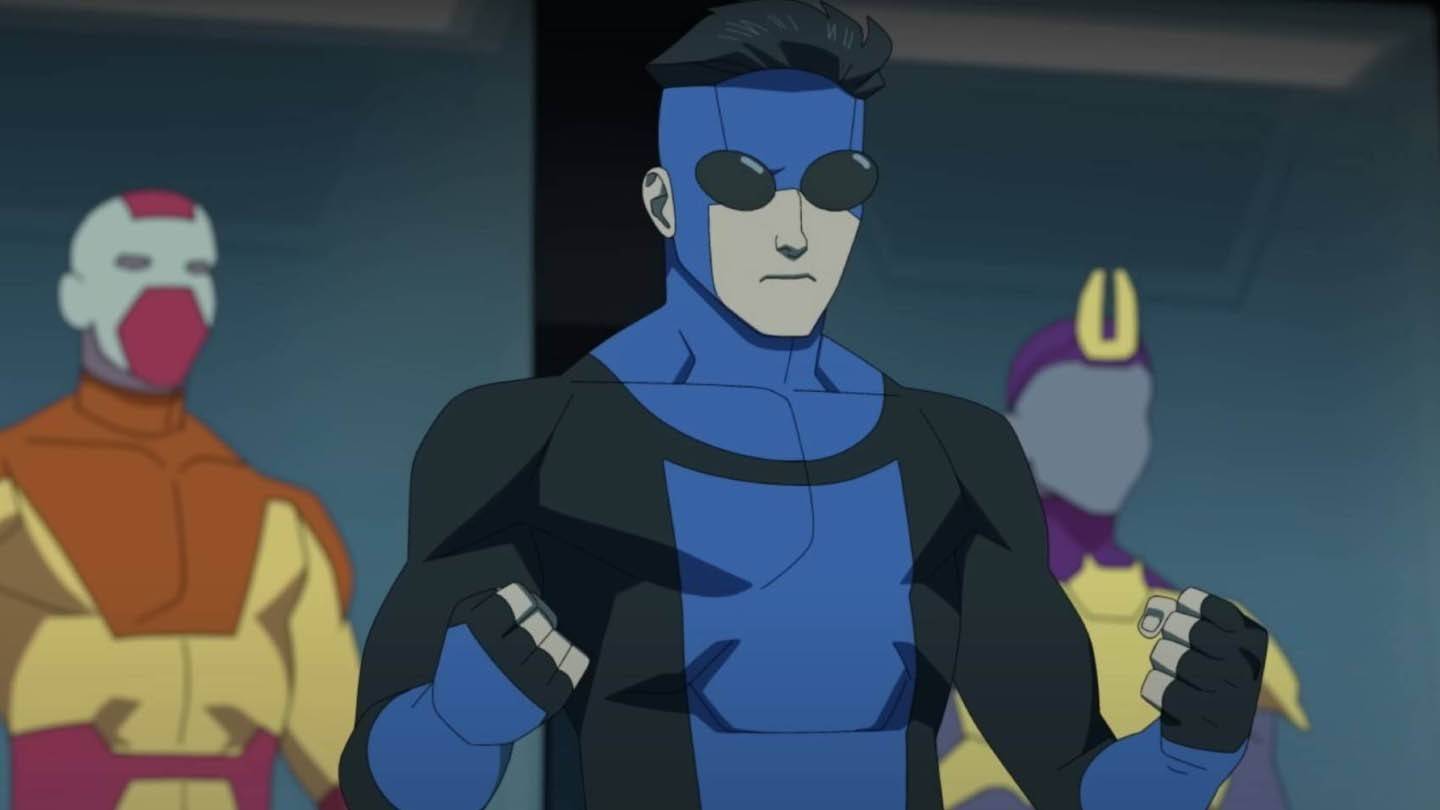 Image: amazon.com
Image: amazon.com
Season three suffers from a slow start, introducing generic villains and threats, failing to establish immediate urgency. The delayed momentum diminishes the initial excitement.
Balancing Adaptation and Innovation
The Invincible series successfully captures the essence of the comics while adapting for television. However, season three highlights the challenges of maintaining this balance. Future seasons need to innovate and surprise to retain viewer engagement.
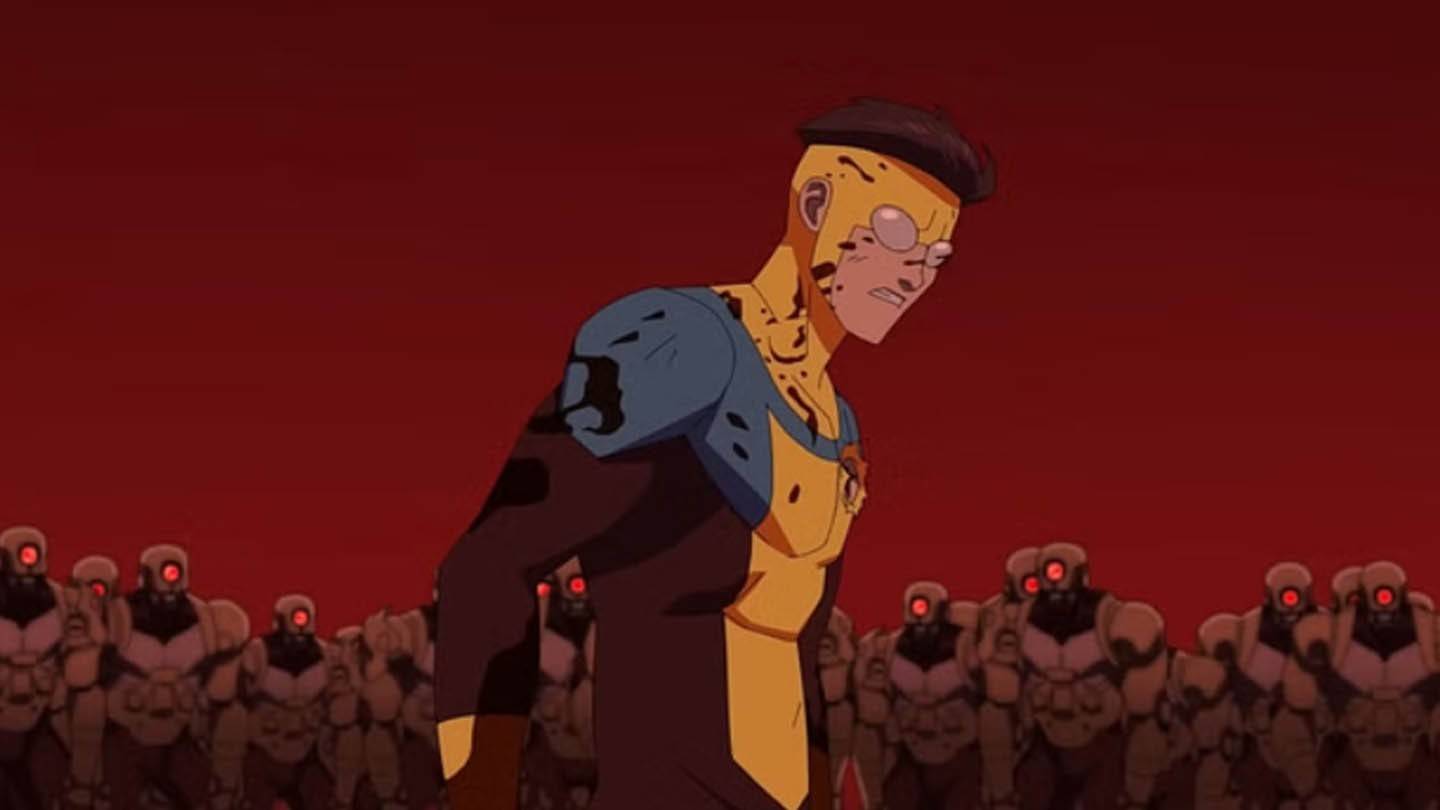 Image: amazon.com
Image: amazon.com
Why Fans Should Continue Watching (Spoiler Alert)
Despite its flaws, Invincible remains visually impressive and engaging. Its intense action, compelling characters, and thought-provoking themes continue to hold audience interest. However, viewers shouldn't expect the same level of excitement as the first two seasons. The future will determine if the series can recapture its initial spark.
 Image: amazon.com
Image: amazon.com
-
 Mar 17,25All Split Fiction Achievements & How to Unlock Them Dive into the captivating co-op adventure Split Fiction from Hazelight Studios! This guide outlines every achievement, ensuring you and your partner conquer every challenge. While some trophies are earned naturally through the story, many require thorough exploration and unique actions. Use this g
Mar 17,25All Split Fiction Achievements & How to Unlock Them Dive into the captivating co-op adventure Split Fiction from Hazelight Studios! This guide outlines every achievement, ensuring you and your partner conquer every challenge. While some trophies are earned naturally through the story, many require thorough exploration and unique actions. Use this g -
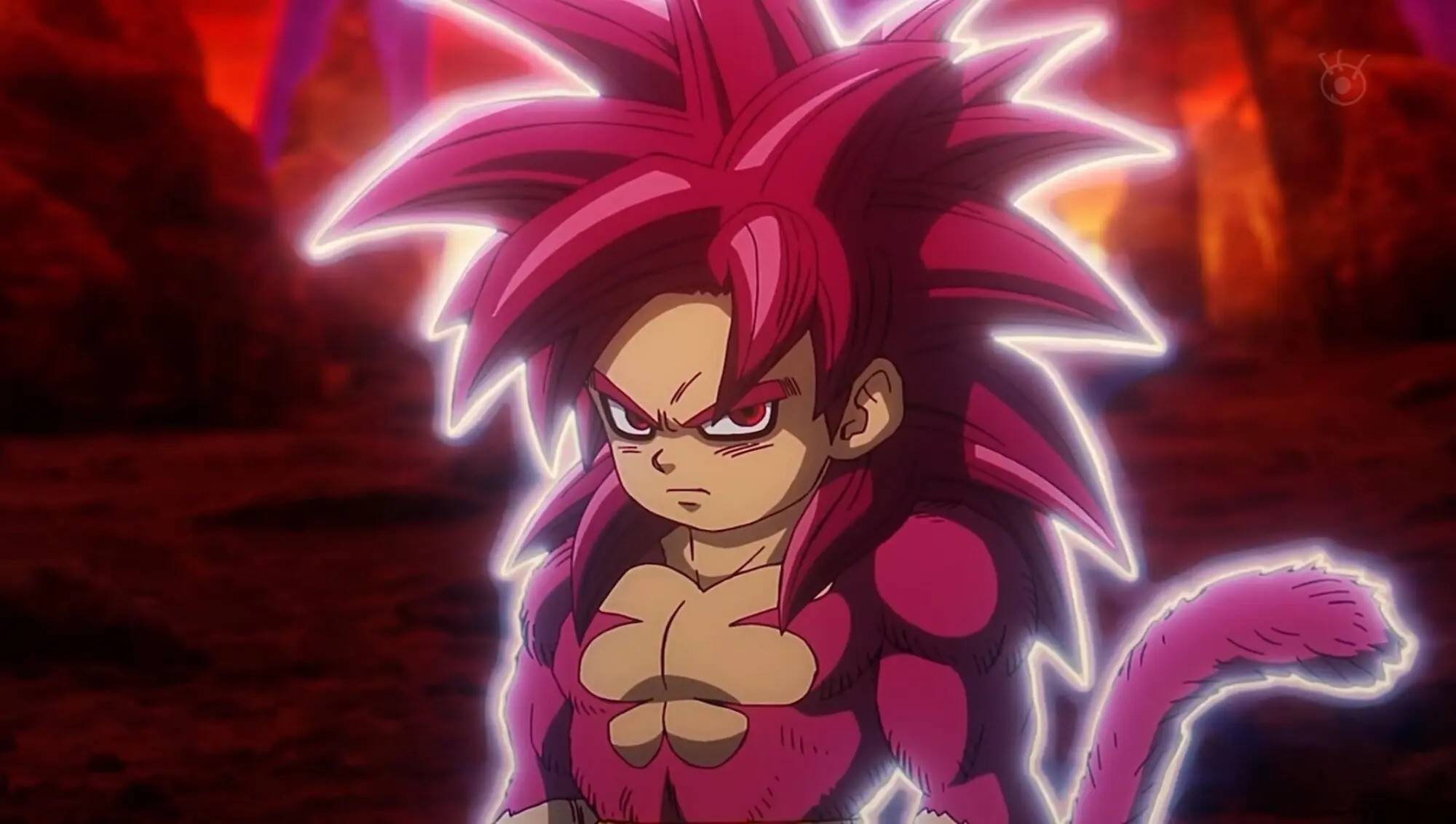 Mar 19,25How Does Dragon Ball Daima’s Finale Explain Goku Never Using Super Saiyan 4 in Super? The climactic battle in Dragon Ball Daima's finale pits Gomah against Goku, showcasing Goku's newly acquired form. This episode naturally led many fans to anticipate an explanation for Super Saiyan 4's absence in Super. So, how does the finale address this?In episode 19, after Glorio's wish restore
Mar 19,25How Does Dragon Ball Daima’s Finale Explain Goku Never Using Super Saiyan 4 in Super? The climactic battle in Dragon Ball Daima's finale pits Gomah against Goku, showcasing Goku's newly acquired form. This episode naturally led many fans to anticipate an explanation for Super Saiyan 4's absence in Super. So, how does the finale address this?In episode 19, after Glorio's wish restore -
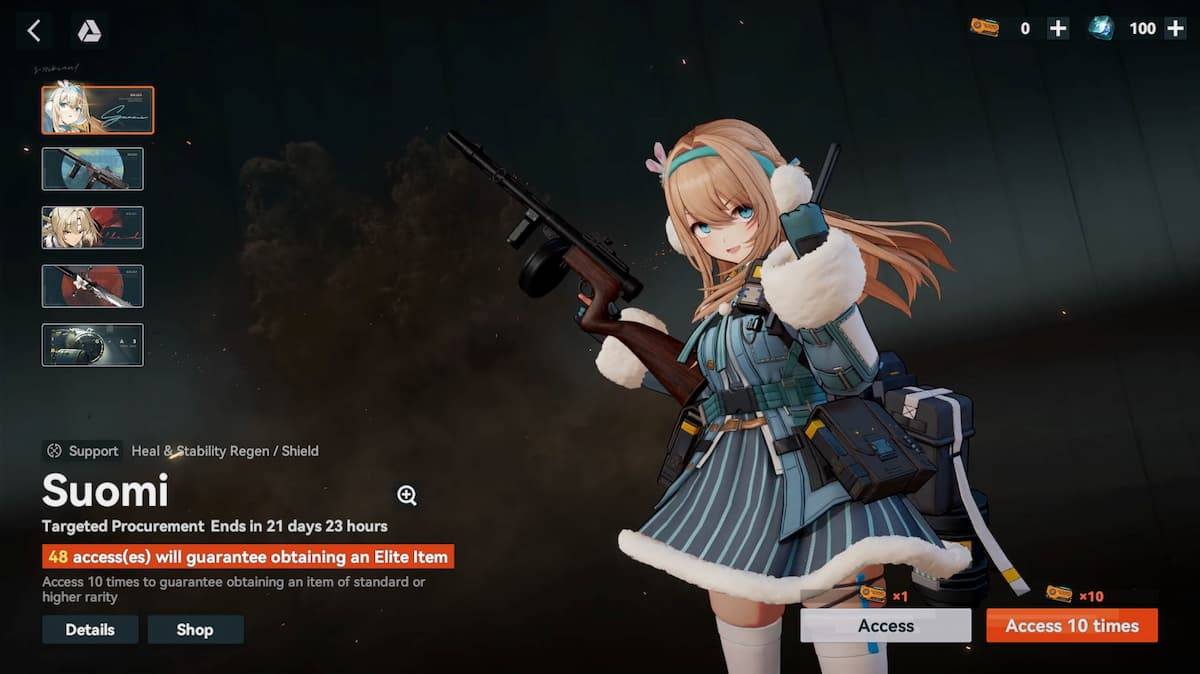 Jan 16,25Girls' Frontline 2: Exilium Tier List Released Another free-to-play gacha game, another character ranking to guide your investment choices. This Girls’ Frontline 2: Exilium character tier list helps you prioritize which characters are worth your resources. Girls’ Frontline 2: Exilium Character Tier List Here's a breakdown of currently available
Jan 16,25Girls' Frontline 2: Exilium Tier List Released Another free-to-play gacha game, another character ranking to guide your investment choices. This Girls’ Frontline 2: Exilium character tier list helps you prioritize which characters are worth your resources. Girls’ Frontline 2: Exilium Character Tier List Here's a breakdown of currently available -
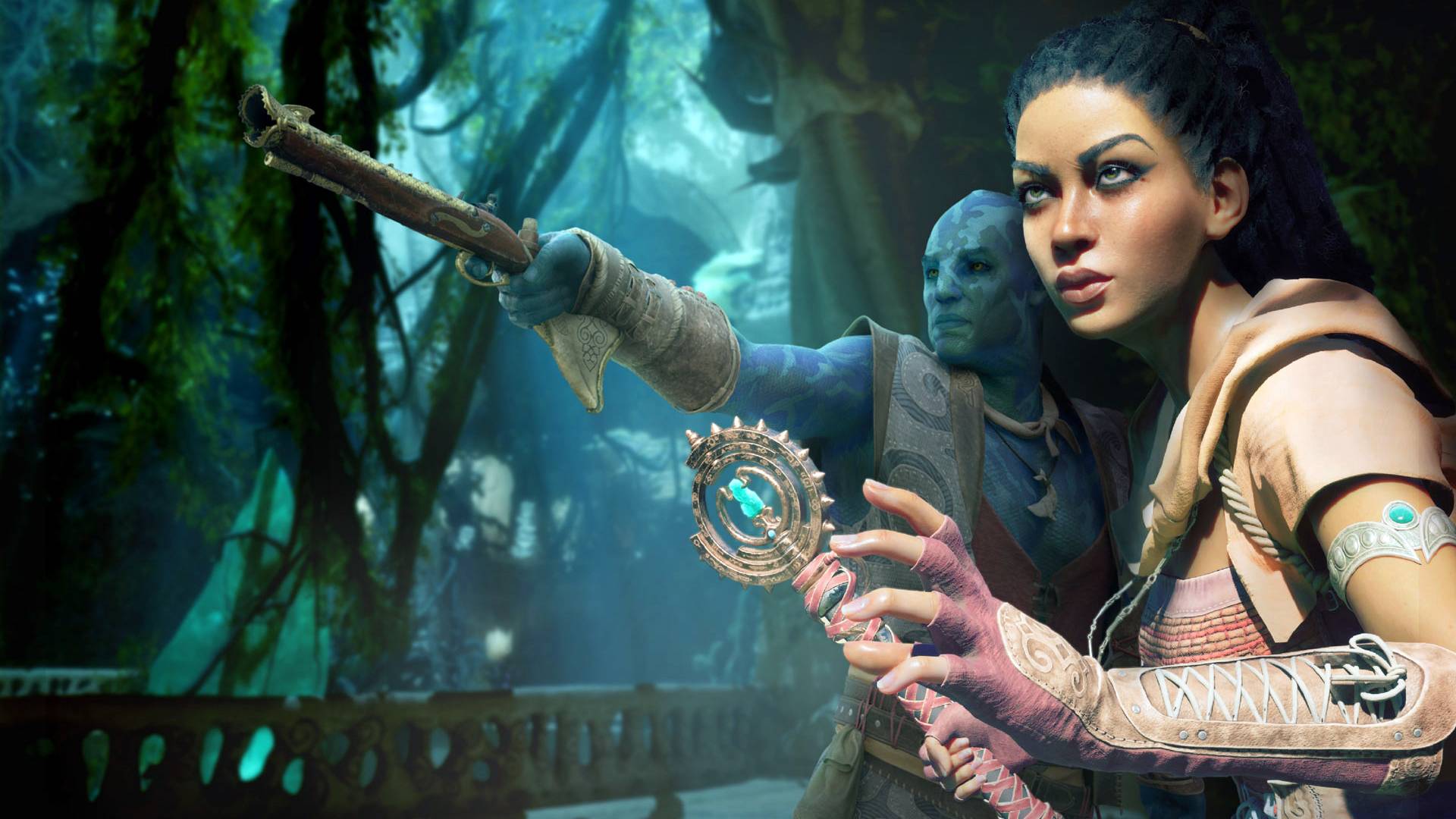 Mar 18,25Avowed Best PC Settings for Max FPS *Avowed*, a visual masterpiece, immerses you in a richly detailed world. To fully appreciate its stunning graphics without sacrificing performance, optimizing your PC settings is key. This guide helps you strike the perfect balance between breathtaking visuals and smooth gameplay.Recommended Videos
Mar 18,25Avowed Best PC Settings for Max FPS *Avowed*, a visual masterpiece, immerses you in a richly detailed world. To fully appreciate its stunning graphics without sacrificing performance, optimizing your PC settings is key. This guide helps you strike the perfect balance between breathtaking visuals and smooth gameplay.Recommended Videos
